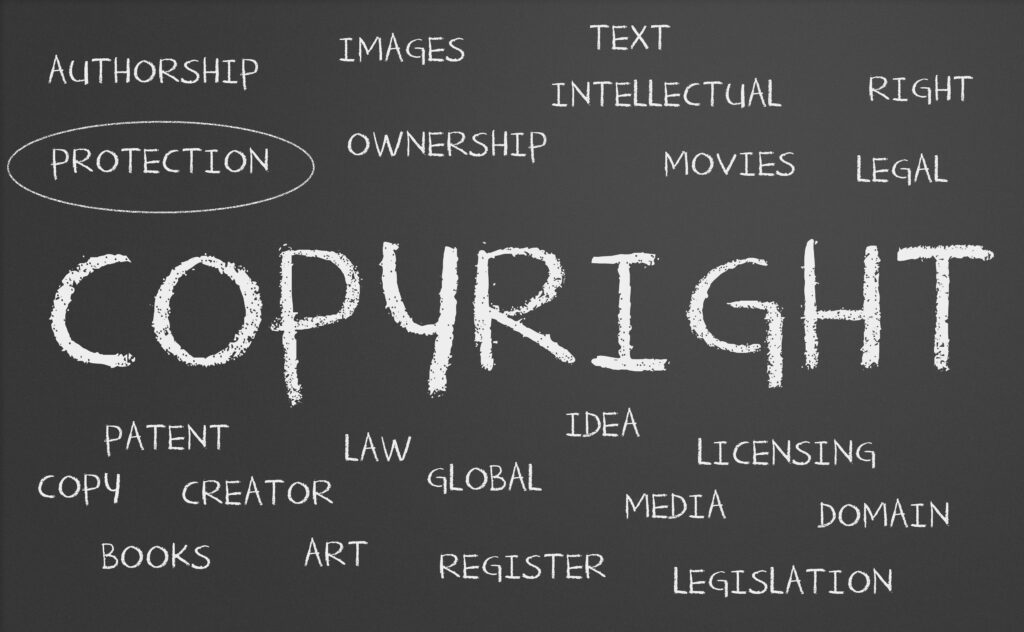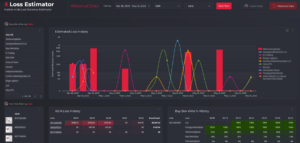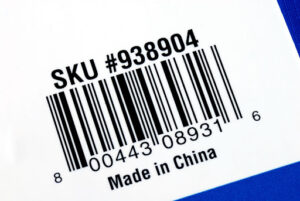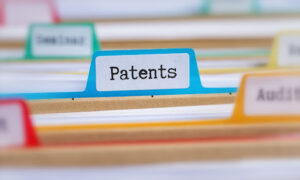What is copyright infringement?
Copyright infringement occurs when a copyrighted work is reproduced, distributed, displayed, or performed without the permission of the copyright owner. This can include sharing or downloading unauthorized copies of music, movies, and other protected works online, as well as using protected works in a way that exceeds the bounds of fair use or a valid license. Copyright infringement can result in legal action being taken against the infringer, including the possibility of fines and damages.
To avoid copyright infringement, it is important to obtain the proper permissions and licenses before using any copyrighted materials. In some cases, this may involve obtaining a license or permission from the copyright owner, while in other cases it may be necessary to purchase a copy of the work. It is also important to be aware of and respect the limitations of fair use, which allows for the limited use of copyrighted materials without permission in certain circumstances, such as for the purposes of criticism, commentary, news reporting, teaching, scholarship, or research.
Importance of copyright infringement
Copyright infringement is important because it can have serious consequences for both the copyright owner and the infringer. Copyright law is in place to protect the rights of creators and owners of original works, and to encourage the creation and dissemination of new ideas and creations. When someone infringes on a copyright, they may be taking away the ability of the copyright owner to control and benefit from their own work. This can have a negative impact on the creator’s ability to make a living from their work and can discourage the creation of new content.
On the other hand, copyright infringement can also have consequences for the infringer. Depending on the severity of the infringement, legal action may be taken against the infringer, including the possibility of fines and damages. In addition, copyright infringement can damage the infringer’s reputation and may result in negative consequences for their business or personal life.
What are some examples of copyright infringement?
To best protect your creative works from copyright infringement, it is essential to understand how copyright law operates. In order for an infringement to occur, two criteria must be met: the work in question must be the original creation of the copyright owner, and the alleged infringer must have directly copied the work. Being knowledgeable about these requirements can help you effectively address any potential infringements of your copyright.
Here are three examples of actions that could potentially be considered copyright infringement:
- Using someone’s song as background music in a YouTube video without permission.
- Downloading music or videos from a website that does not have the right to distribute the content.
- Using images found on the internet without obtaining permission from the copyright owner.
Exceptions to copyright infringement
It is important to be aware that there are certain situations in which someone may use your creative work without committing copyright infringement. When working to protect your copyrighted materials, it is helpful to understand these exceptions.
In the first scenario, copyright protection expires and the work enters the public domain. This usually occurs after the death of the author plus an additional 70 years. At that point, the work is free for anyone to use without permission.
The fair use doctrine is a common exception to copyright infringement. It allows people to use copyrighted work without permission in certain situations. Examples of activities that may be considered fair use include criticism, commentary, news reporting, teaching, and research. However, fair use is not clearly defined in law and whether it applies in a particular case is determined on a case-by-case basis.
In a legal dispute, courts will consider several factors to determine whether a use is fair. These factors may include the purpose and character of the use, the nature of the copyrighted work, the amount of the work that was used, and the impact on the market for the copyrighted work.
Famous copyright infringement cases
Here are some well-known examples of copyright infringement to illustrate the range of incidents and make the issue more concrete.
The “JRR Tolkien” copyright infringement case
Recently, the estate of JRR Tolkien, the author of The Lord of the Rings, filed a copyright infringement complaint with the World Intellectual Property Organization (WIPO) against the creator of a cryptocurrency token. The “JRR Token” used and referenced images and characters from the fantasy trilogy without permission. As a result, the token was shut down and its creator closed the cryptocurrency’s website and social media channels.
The Apple GUI copyright infringement case
In 1988, Apple sued Microsoft for copyright infringement involving the graphical user interface (GUI) and related licenses. At the time, the GUI was a disputed innovation between the two companies. The legal dispute ended six years later when the Supreme Court denied Apple’s petition.
The “Harry Potter Dictionary” copyright infringement case
In 2007, a fan of the Harry Potter series named Steven Vander Ark attempted to publish a 400-page dictionary about the series to accompany J.K. Rowling’s books. However, Rowling sued Vander Ark for copyright infringement, claiming that the unofficial encyclopedia was too similar to her original work. The court ruled in favor of Rowling because it found that Vander Ark had copied too much of the author’s work and exceeded the limits of fair use.
The Metallica vs Napster copyright infringement case
One of the most well-known copyright infringement cases that impacted the music industry was when Metallica sued the music file-sharing platform Napster in 2000. Metallica sought at least $10 million in damages or $100,000 per illegally downloaded song. The band was not granted the damages, but Napster was forced to close more than 230,000 accounts and shut down.
How to deal with copyright infringement
Addressing copyright infringements can be a drain on resources that could be better used elsewhere in your company. However, there are steps you can take to prevent such infringements. We will discuss preventive measures before discussing how to enforce your copyrights.
Register your copyright
Registering your copyright helps establish the ownership of your work. Even if you believe there is no question about who owns your work, you may be mistaken.
Copyright law automatically provides basic protection for creators, but if you want to take an infringement case to court, you must have your copyright registered. In a legal dispute, the plaintiff must prove that the original work and the potentially infringing work are substantially similar. Registering the copyright serves as official proof in court that the copyright holder is the owner of the work.
In the United States, copyrights can be registered with the U.S. Copyright Office. To register a copyright, you must complete an application form, submit a copy of your work, and pay a fee.
Include a copyright symbol on your work
A copyright notice is a simple way to show others that your work is protected by copyright.
The notice includes three elements: the copyright symbol (©), the word “copyright,” or the abbreviation “copy,” the year of first publication, and the name of the copyright owner.
You can display the copyright notice directly on your work, such as your website or the platform where you publish your work. Another advantage of using a copyright symbol is that it can help counter a defendant’s claim of “innocent infringement” in a copyright lawsuit. This could potentially reduce damages awarded to the plaintiff.
Leave your contact information for reuse
One cheap and easy way to address copyright infringements is by including your contact information so that people can request permission before using your copyrighted work, rather than infringing on it.
Publishing your work can increase your visibility as a creator and attract others who want to use your work legitimately. Granting licenses for your work can benefit both the copyright owner and the user. A copyright license gives someone permission to use a work owned by the copyright owner in exchange for payment.
If you are considering licensing your copyrighted work, it is recommended to register your copyright first. This helps establish ownership of the work and removes any uncertainty.
Add a watermark to visual work
A watermark is a graphic, often in the form of white or transparent text, that can be added to photos or other visual work to indicate ownership. You can include your personal name, company name, or logo in the watermark to identify yourself as the owner. Watermarks serve as a warning to potential copyright infringers that the work belongs to you.
A watermark also helps prevent infringers from claiming that they were unaware that the work was copyrighted. If a copyright infringer removes a watermark from a visual work, they can be subject to additional damages. These damages apply even if the copyright was not registered before the infringement occurred.
Takedown copyright infringement
It is important for individual creators and brands to take steps to protect their copyright. However, it is still possible for infringers to steal and profit from their work despite these measures, due to the ease of copying made possible by modern technology. This makes it especially attractive for scammers to engage in copyright infringement.
While it is possible for copyright infringements to occur despite protective measures, this does not mean that such measures are ineffective. In fact, they are an important part of an overall strategy for enforcing your copyright. If you do notice an infringement of your work, it is important to take immediate action rather than panicking. An efficient enforcement strategy involves a combination of preventive measures and timely action when an infringement is discovered.
If you are dealing with multiple or repeated copyright infringements, manually reporting each incident or hiring an attorney for legal advice may not be the most effective approach. In these cases, it may be more beneficial to work with a brand protection company such as AMZ Watchdog, which specializes in protecting intellectual property on a larger scale. These companies can help safeguard your rights and prevent future infringements from occurring. However, it is always a good idea to seek legal advice before taking action to protect your intellectual property.
Conclusion
Thanks to modern technology, it is easier than ever for scammers to steal and profit from the content of others. For brands, this can lead to costly and time-consuming legal disputes. To protect their creative works from infringement, it is advisable for brands to develop a comprehensive protection plan. This can help shield their content from those who seek to misuse it and avoid the negative consequences of copyright infringement.
While taking preventive measures such as registering your copyrights can be helpful in protecting your content, they do not offer complete protection against infringement. To effectively address copyright infringements when they occur, it is important to take action as soon as you become aware of them.




